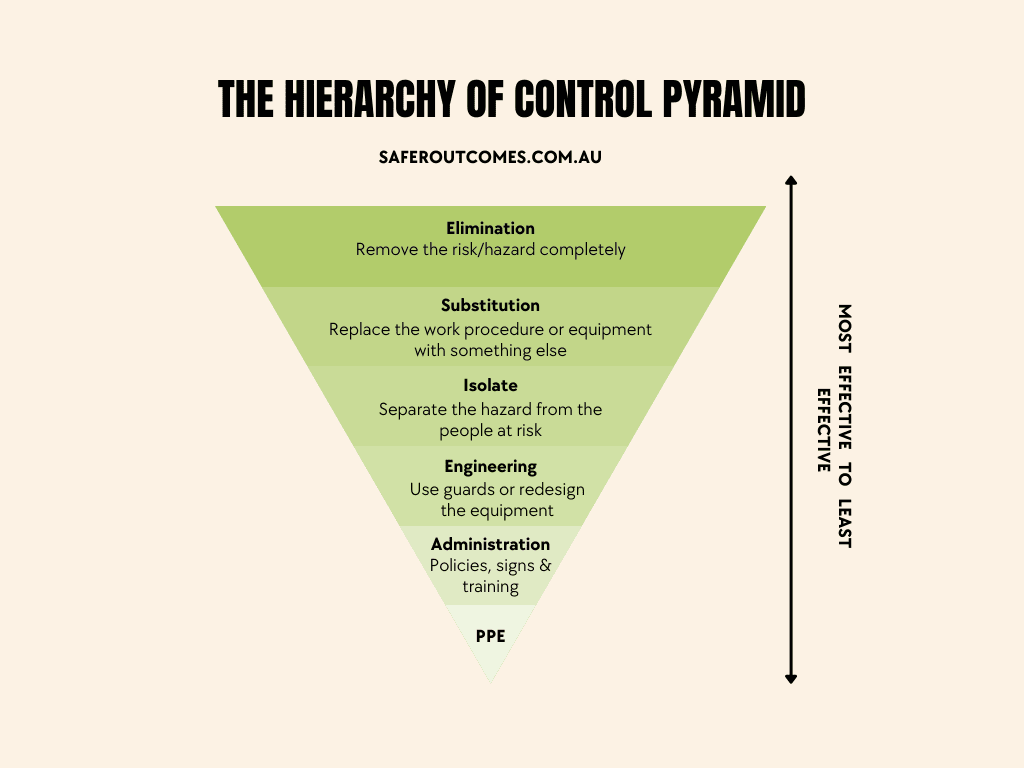While silicosis is currently in the news and being targeted by regulators, it has been known since ancient Greek times that breathing in the dust of stone and other construction materials causes breathing and lung issues.
For many years workers have been doing their best to reduce their exposure to asbestos dust and fibres by using procedures and PPE mandated by legislation.
However, recently a ‘new’ threat has emerged that almost anyone who has worked in construction would have been exposed to, especially if they do not use PPE and other harm reduction techniques.
What is Silicosis?
Silicosis is a form of lung disease not unlike mesothelioma which is commonly associated with asbestos exposure.It is caused by the inhalation of tiny particles of silica, which is a common element found in sand, rock, and other materials. When these particles are inhaled, they can become lodged in the lungs and cause irritation and inflammation. Over time, this can lead to the development of scar tissue and difficulty breathing.
Silicosisis a serious condition that can be debilitating, and in some cases, fatal. It is important to be aware of the dangers of exposure to silica and take precautions to avoid it. There is no cure for silicosis, so prevention is the best way to protect yourself from this disease.
What products is silica found in?
Some of the common products used on construction sites that have silica in them include (but are not limited to):
- Pre-blended bagged cement
- Sand
- Gravel
- Concrete
- Mortar
- Granite
- Bricks
- Tiles
Many products contain silica but possess no risk of damage to workers if they are not cut, drilled or grinded because it is the dust that causes the silicosis when it is inhaled into the lungs.
What are the symptoms of Silicosis?
Some of the symptoms of silicosis include:
- A cough that won’t go away
- Trouble breathing
- Consistent excessive phlegm
- Fatigue
- Loss of appetite
Like asbestos exposure you don’t need to have long term exposure to silica dust to have the risk of contracting silicosis. Any amount of exposure can result in lung damage. There are three main types of exposure.
Acute – Symptoms develop from a couple of weeks to two years after exposure to high levels of silica
Chronic – Symptoms develop after many years of low to medium levels of exposure to silica
Accelerated – Symptoms develop five to ten years after regular heavy exposure to silica

Who is at risk of developing Silicosis?
While regulators have been putting increasing pressure on stone masonry companies to ensure compliance, those in other trades in the construction industry are also at significant risk of being exposed daily to silica, and as such developing silicosis.
- Trades most likely to be exposed include:
- Builders
- Brick and blocklayers
- Tilers
- Plasterers
- Roofers
- Concretors
While those tradespeople are most likely to be exposed in close quarters to the silica dust, carpenters, builders and labourers will also be exposed due to the dust hanging in the air and settling on work surfaces. This means that all workers on site may be exposed to harmful contaminants on your work site.
How can Silicosis be prevented?
Silicosis can be prevented by preventing worker exposure to the dust.
You can do this in a number of ways, some of which are easier than others. By using the hierarchy of control you can remove the risk completely or significantly reduce it.

Common ways to reduce employee exposure to silica dust include:
- Use water to suppress the dust
- Try to order materials pre-cut to the correct size
- Use on tool dust extractors
- Work in isolation so other workers are not exposed
- Use appropriate PPE (face masks/respirators)
- Don’t eat, drink or smoke in dusty areas
- Remove dust from work clothing before going home
- Keep work vehicles clean of dust as much as possible
Remember ignorance is not a defence, ensure all your workers are aware of what is expected on your worksite, and that you have evidence that you have communicated that to them effectively.
If you work in an occupation that exposes you to silica dust, be sure to wear proper protective gear and take measures to avoid inhaling the dust. If you have been exposed to silica, be sure to see your doctor for regular checkups and lung function tests. Early diagnosis and treatment of silicosis can improve your chances of a successful outcome.

Silicosis Toolbox Talk
When it comes to controlling the risk of silicosis in the workplace, toolbox talks can be very helpful. Toolbox talks are a great way to engage workers in a discussion about the health and safety risks associated with silica and silicosis.
They also provide an opportunity for workers to ask questions and raise concerns. It is also important as a business owner to show that you are trying to manage risk and meet your legal obligations. You can do this by making sure that all attendees sign a toolbox talk register, which you can use as evidence should the need arise.
How often should a silicosis toolbox talk be given?
Ideally, a toolbox talk should be given on a regular basis, at least once per month, if not at least once per week. However, specifically a silicosis toolbox talk should be given at least once per year or when new staff are put on the team if they are exposed or likely to be exposed to silica. This will ensure that workers are kept up to date with the latest information and that they are reminded of the importance of following the control measures that are in place.
How can Safe-R Outcomes help your business?
Our Professional subscriptions contain many essential documents including:
- WHS Management Plans / Safety Manuals
- SWMS (if the job entails high risk tasks)
- a range of SOPs, Registers, Toolbox Talks, Checklists and Policies
These can all be downloaded and are not blank templates, so can be used immediately.
We also provide Induction training to help you on-board new employees and contractors.
As you can see it is all done for you so it makes it nice and simple. You can find out more on the Industries and Professions page.
If you’re concerned about the time commitment and knowledge required to implement the correct documents, procedures and training for forklift safety, Safe-R Outcomes can help. We strive to reduce the time and cost for businesses to implement their legally necessary safety requirements.


